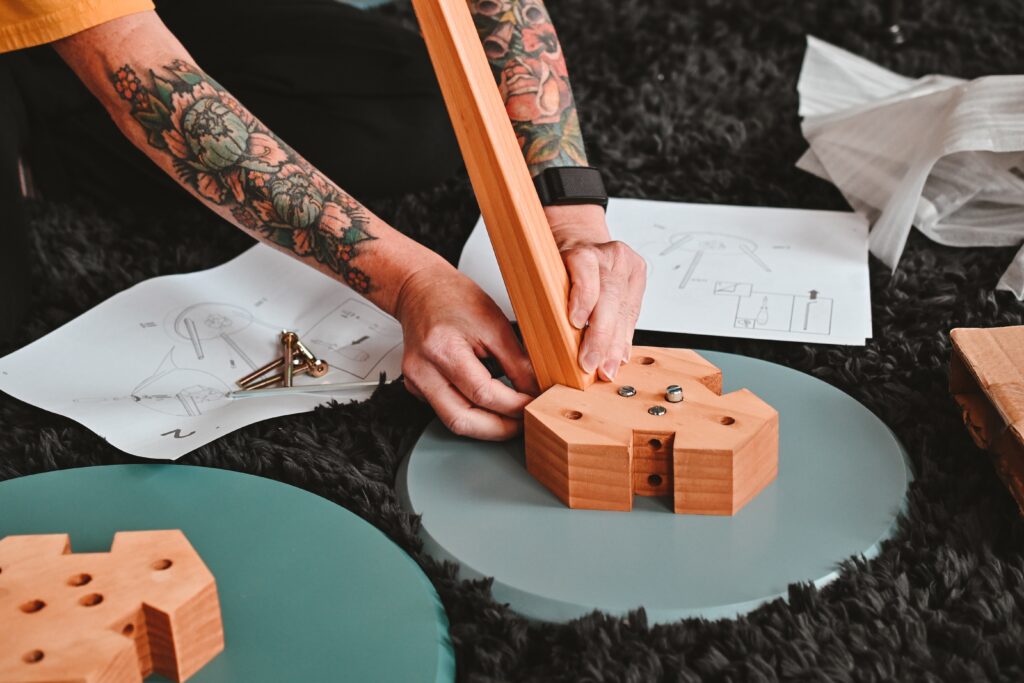If you’ve been wondering whether you have the skills and know-how to replace your exhaust system on your own, you’re not alone. The thought of tinkering under the hood can be intimidating, but with the right tools and a little guidance, it’s definitely something you can tackle. In this article, we’ll explore the ins and outs of replacing your exhaust system yourself, providing you with the information and confidence you need to get the job done right. So, if you’ve been asking yourself, “Can I replace my exhaust system myself?” – read on to find out!
Understanding the Exhaust System
Basics of the exhaust system
The exhaust system is an integral part of your vehicle that plays a crucial role in the overall performance and functionality. It is responsible for safely carrying the harmful gases produced by the engine away from the vehicle, while also facilitating the reduction of noise and maintaining optimal fuel efficiency. The exhaust system consists of various components, including the exhaust manifold, catalytic converter, muffler, resonator, and tailpipe, all working together to ensure the smooth operation of your vehicle.
Role of the exhaust system in vehicle performance
The exhaust system not only helps in expelling the harmful gases, but it also contributes to the overall performance of your vehicle. By effectively removing exhaust gases from the engine, the exhaust system allows for better combustion, which can lead to increased power and improved fuel efficiency. Additionally, the exhaust system helps in reducing back pressure, resulting in smoother engine operation and enhanced performance.
Components of the exhaust system
To understand the exhaust system better, it is essential to familiarize yourself with its components. The exhaust manifold is responsible for collecting the exhaust gases from each cylinder and directing them towards the catalytic converter. The catalytic converter then converts the harmful emissions into less harmful substances through a chemical reaction. The muffler, on the other hand, helps in reducing the noise produced by the exhaust gases. Lastly, the tailpipe is the final section of the exhaust system through which the gases exit the vehicle. Each component plays a vital role in ensuring the proper operation of the exhaust system.

Safety Precautions Before Starting
Importance of safety gears
Before you begin replacing your exhaust system, it is crucial to prioritize safety. Wearing the appropriate safety gear, such as goggles, gloves, and protective clothing, can protect you from potential hazards, such as dust, sharp edges, or harmful substances. Safety gears provide an added layer of protection and minimize the risk of injury during the replacement process.
Safe handling of the vehicle
When working on your vehicle’s exhaust system, it is essential to ensure that the vehicle is parked on a flat and stable surface. Engage the parking brake and turn off the engine before starting any work. Additionally, use wheel chocks to prevent the vehicle from rolling. Always exercise caution and be mindful of the vehicle’s weight distribution to avoid accidents or injuries.
Dealing safely with rusted parts
Rusted or corroded parts can present a challenge during the exhaust system replacement process. It is advisable to apply penetrating oil to rusted bolts, nuts, or clamps a few hours before the replacement. This helps in loosening them and makes it easier to remove without causing damage. If necessary, use a wire brush or sandpaper to remove any surface rust before attempting to loosen or remove the parts.
Proper disposal of old exhaust system parts
Once you have successfully replaced your exhaust system, it is crucial to dispose of the old parts properly. Check with local regulations or waste management facilities for guidance on the appropriate disposal methods. It is important to handle old exhaust system parts with care, as they may contain harmful substances or sharp edges. Proper disposal ensures environmental responsibility and maintains a clean and safe workspace.

Tools Needed For Replacement
Essential tools for exhaust replacement
To replace your exhaust system, you will need some essential tools, including a socket set with various sizes, wrenches, pliers, and a torque wrench. These tools will help you loosen and tighten bolts, nuts, and clamps, allowing for the smooth removal and installation of the exhaust system components.
Choosing the right tools
It is crucial to choose tools that are appropriate for the job to ensure a smooth and efficient replacement process. Consider the specific requirements of your exhaust system components when selecting the tool sizes. Investing in high-quality tools, such as those made from durable materials with comfortable handles, can make the replacement process more effective and enjoyable.
Additional tools that could come in handy
While the essential tools are sufficient to replace the exhaust system, having additional tools can make the job easier and more convenient. Some optional tools that could come in handy include a reciprocating saw or hacksaw for cutting through old exhaust pipes, a pry bar for removing stubborn rusted parts, and a exhaust hanger removal tool for detaching the exhaust hangers. These tools are not mandatory but can save time and effort during the replacement process.

Buying the Right Exhaust System
Understanding different types of exhaust systems
Before purchasing a new exhaust system, it is essential to understand the different types available in the market. The most common types include cat-back systems, axle-back systems, and header-back systems. Cat-back systems replace the exhaust components from the catalytic converter to the exhaust tip. Axle-back systems replace the exhaust components f
